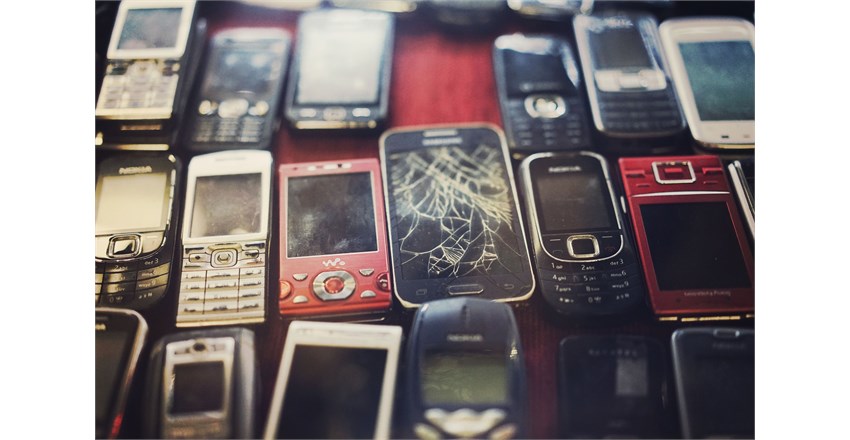Tips to recycle your electronic devices, an opportunity to reduce e-waste
Published date: September 2019

In each home it is easy to find a small drawer in the kitchen full of plastic utensils and forgotten coupons. Then, over the last years, it is more common to have a ‘tech drawer’, home full of old phones, older laptops and dozens of chargers. We acquire many devices in our adult life but when we stop using them, we’ve never bothered to get rid them. The reason why we do this is that it is easier to leave them in a drawer than to figure out the best way to get rid of them. An opportunity is waiting.
The avalanche of new and cheaper devices in our daily life has transformed the way we act and consume. Manufacturers are trying to provide new and “better” devices year after year, in an intent to keep reaching for slightly improved technology. This explosive growth in the electronics industry, however, has led to a significant increase of e-waste. Each year, approximately 50 million tonnes of electronic and electrical waste (e-waste) is produced, equivalent in weight to all the commercial aircrafts ever built. According to a report from the World Economic Forum, e-waste is now the fastest-growing waste stream in the world and double the rate of plastic refuse.
What is e-waste
Electronic waste is defined as a device which is attached to a plug and includes everything from electric toothbrushes to kettles, computers, televisions, printers or smartphones, among others. Such things can often be refurbished or recycled; however, a substantial amount still finds its way to the landfill.
Why is electronics recycling important?
E-waste contains many high value and scarce materials, such as gold, platinum, cobalt, and high quantities of aluminium and tin. There are 80 times as much gold in a tonne of smartphones as in a tone of mineral from a gold mine. The improper handling of e-waste is resulting in a significant loss of scarce and valuable raw materials, and some of them are difficult to extract.
If you would like to step up and start recycling your devices now, you can find the nearest location to where you live using this link.
Besides, if you are recycling your smartphone, the Dutch social enterprise Fairphone has launched a recycling program available for any phone. Fairphone also has a modular design that makes it easier for you to repair and upgrade extending your phone’s life further reducing e-waste.
.jpg)
Photo by VanveenJF
Delivering a zero e-waste circular economy
The used device market is growing fast and this is changing the market. Market saturation, slowing technology change and a slowing upgrade cycle is an opportunity for longer-lived devices and greater reuse.
Manufacturers are also beginning to enter the market, with Apple offering a trade-in service for iPhones and iPads in the UK, US and India, and Samsung running one for smartphones in India. Just keeping a smartphone in use for an additional year could dramatically reduce its CO2e impact by 31 per cent.
Recycling e-waste can help to reduce as well as saving money. The message we would like to send is that holding onto your electronic devices for as long as possible before recycling, as extending the life of products and re-using components brings an even larger economic benefit. And when your phone or laptop stops working, if you can’t repair it, make sure you recycle it responsibly.






Leave us your comment
You need to login to submit a comment. Please click here to log in or register.